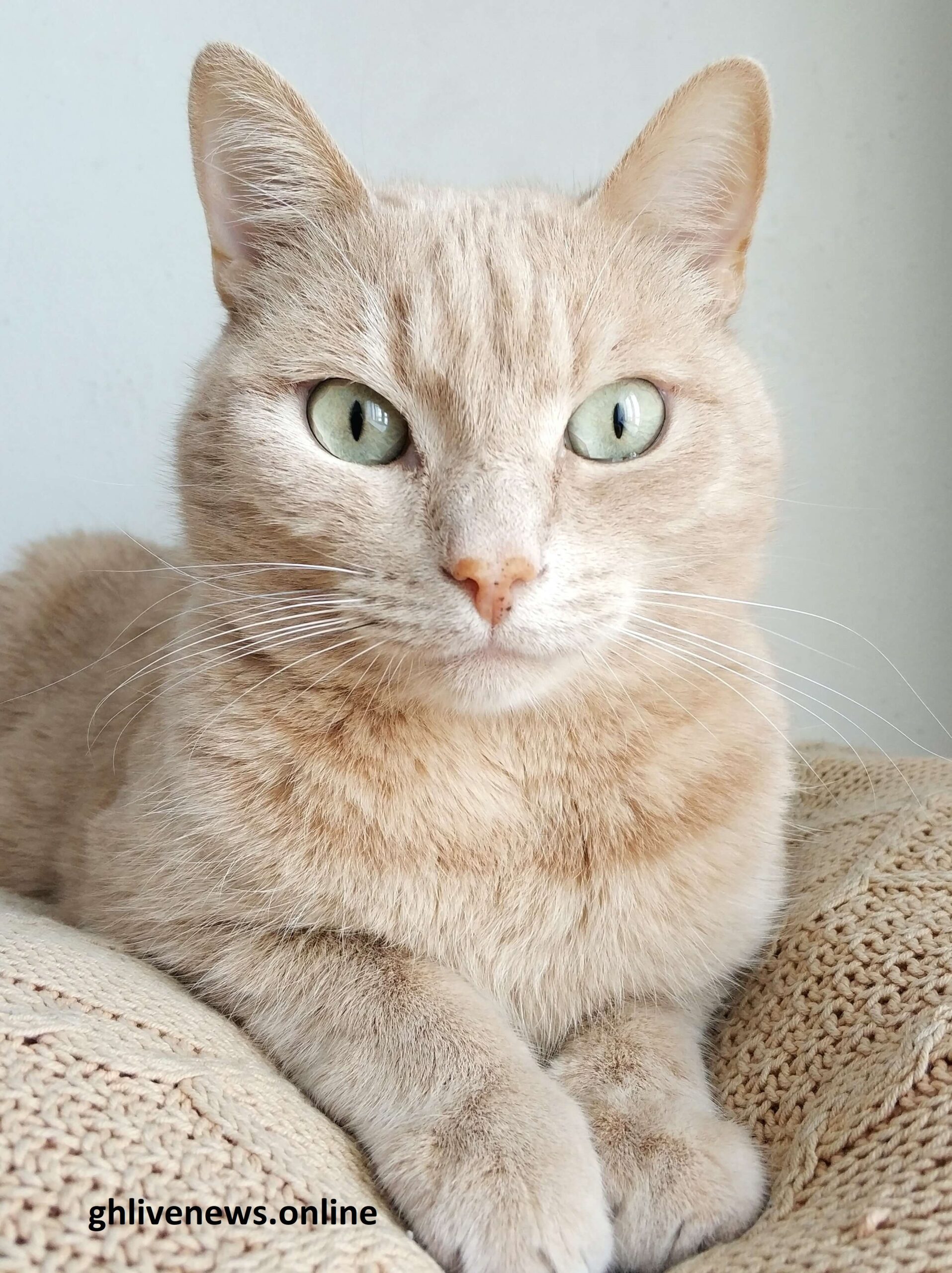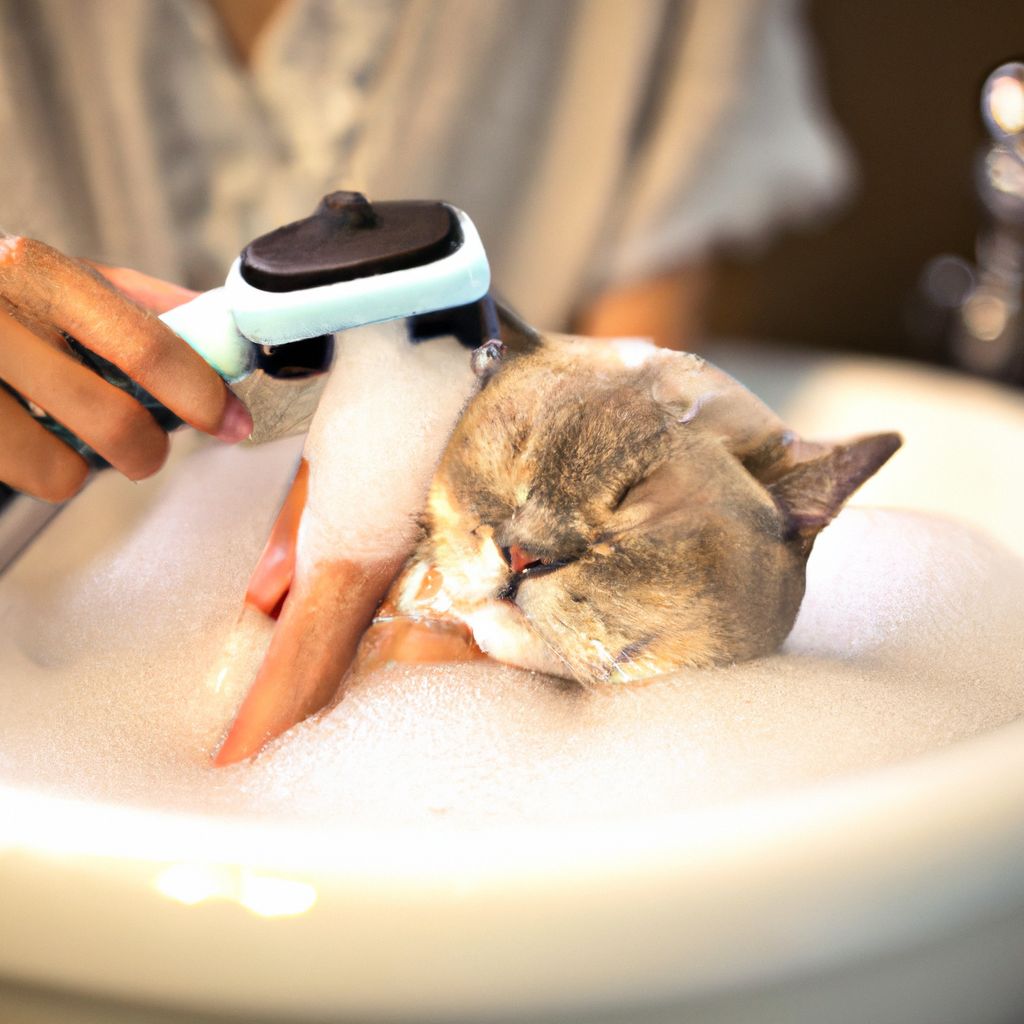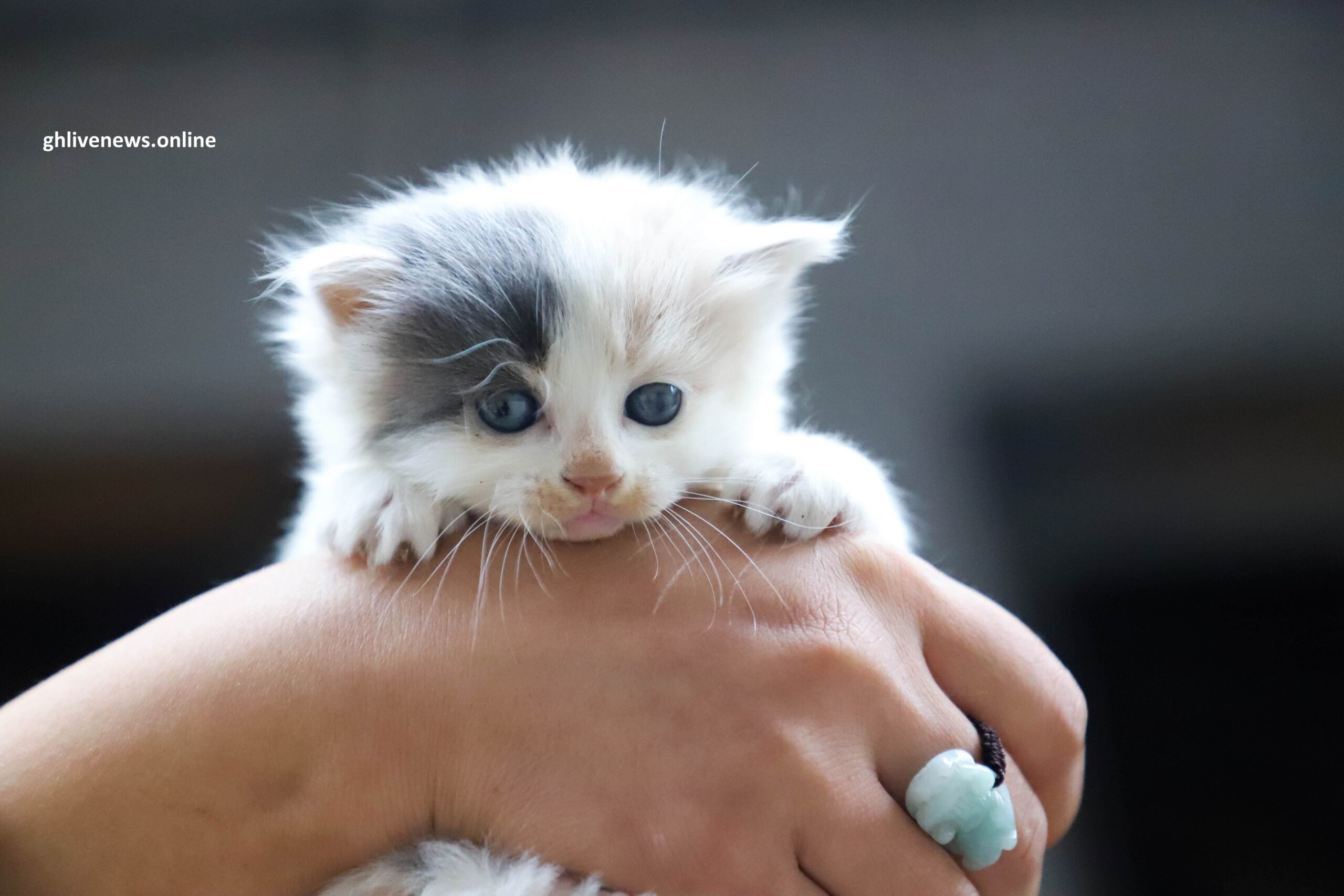.jpg)
Cats are known for their independent nature and mesmerizing charm! But, what about the not-so-glamorous side of owning cats – the litter box? Fear not! Litter box training holds the key to having a tidy and harmonious living environment for both you and your pet.
To successfully train your cat, first understand the importance of providing a dedicated area for their elimination needs. Give them a clean and accessible litter box – their sanctuary. This will help curb accidents around the house.
Hygiene is essential for contentment and health. Cats are naturally clean and have an instinct to bury their waste. Provide a clean environment by investing in high-quality litter and regularly cleaning the box.
Consistency is key! Set a routine for feeding, playtime, and bathroom breaks. Make sure the litter box is always easily accessible. Cats like privacy, so place it in a quiet corner away from noisy areas.
Each cat is unique. Experiment with different types of litter until you find one that suits your pet’s needs best. Clumping? Non-clumping? Natural alternatives like shredded newspaper or wood pellets? Pay attention to your pet’s preferences.
Training requires patience, understanding, and love. It may take time for them to adjust, but positive reinforcement with treats or gentle praises when they use the litter box correctly can encourage good habits. The goal is to create a comfortable and stress-free environment for your cat while maintaining a clean and odor-free living space for yourself.
Navigate through the world of cat litter box training! Show empathy to your feline friend’s needs and create a strong bond. Forge an oasis of cleanliness and tranquility for your beloved pet!
Understanding the importance of cat litter box training
Cat litter box training is key for a peaceful coexistence between cats and their owners. It helps keep the home clean, hygienic and odour-free. By getting cats used to a designated litter box, unpleasant messes can be avoided.
When selecting the right type of box and litter for your cat, size, depth and accessibility are important factors. It’s also wise to consider the cat’s preferences when it comes to litter. Cats have a natural instinct to bury waste, so understanding this helps with litter box training. Offering multiple options nearby gives the cat the freedom to choose.
Stephanie’s story is a great example of the impact of proper cat litter box training. She was fed up with her cat Toby’s bathroom habits and their smelly house. With research and help, she realised that training Toby was the solution. Through patience and commitment she taught him to use the litter box. Cleanliness and harmony were restored in their home.
Choosing the right litter box for your cat
Choosing the right litter box is key when training your cat. Here are 6 points to think of:
- Size – Pick a box with enough space for your cat.
- Material – Plastic or stainless steel are easy to clean.
- Entrance – Low sides or step-in entrance.
- Hooded or Open – See what your cat prefers.
- Number – If multiple cats, get enough boxes.
- Location – Quiet and accessible area.
Your cat may have specific needs, so it helps to understand them.
Did you know? In ancient Egypt, cats were worshipped as gods! Archaeologists found clay pots with sand-like material. Probably one of the first cat litter boxes. This shows that humans have always looked after their felines.
Selecting the right cat litter
For the perfect cat litter, consider your kitty’s preferences! Try different types of litter like clay or crystal to find their favorite. Look for a litter that masks odors and is easy to scoop and clean. Ensure it’s dust-free to keep respiratory issues at bay. Plus, check for non-toxicity and the size of the granules as cats may have sensitivities.
For successful litter box use, gradually introduce a new type. Place multiple boxes in your home and monitor your cat’s behavior when introducing a new litter. Finally, clean and maintain the box regularly by scooping and adding fresh litter. With these tips, you and your cat are sure to have a pleasant experience!
Introducing your cat to the litter box
Find the perfect spot for the litter box – a peaceful place with enough privacy for your pet. Consider size, depth, and how easy it is to clean when selecting the type of litter box. Cover or open? It’s up to your kitty!
Introduce them slowly. Let them explore around the box and reward them for good behaviour. Watch their behaviour around the box and keep it fresh by cleaning it often.
Remember, each cat is unique, so be patient and adapt your approach. Never punish them if they make a mess outside the box – they may be stressed or ill. Provide multiple litter boxes if you have more cats. Monitor for any signs of discomfort when using the box.
Start now and have a hassle-free time with your well-trained kitty!
Encouraging consistent litter box use
Pick the perfect spot! Put the litter box in a quiet, easy-to-reach part of your house. Cats need privacy when using the litter box, so steer clear of busy areas.
For households with multiple cats, it’s vital to have more than one litter box. This eliminates any potential disputes and offers cats their own space.
Daily scooping and changing of the litter is key. Cats are clean animals and won’t use a smelly or messy litter box.
Test out different types of litter for your cat to see which one they like best. Examples include clumping clay litter and pine pellets.
When your cat uses the litter box, give them praise or a tiny treat. This incentivizes good behavior and encourages regular use.
Remember to be patient during training. Every cat is different and may require different strategies when it comes to using the litter box.
Fun fact: A study by The Journal of Feline Medicine and Surgery shows cats are more likely to have regular litter box habits when they have a box that fits their size and age.
Troubleshooting common litter box training problems
Location is key! Put the litter box in a quiet, private spot. If it’s in a loud or high-traffic area, your cat won’t use it.
Cleanliness is a must. Scoop out the waste and change the litter weekly. Cats have a sensitive sense of smell, so keep it fresh!
Test different litter types to see which one your cat likes best.
Make sure the box is big enough for your cat to move around in. If you have multiple cats, give them each their own place.
Rewards like treats or praise will help encourage your cat to use the litter box.
Patience is key when training your cat. Every cat is different – it may take longer for some to adapt to the litter box. My friend had a rescue cat who had never used a litter box before. They made it work through consistency, reinforcement, and lots of patience.
Don’t give up! With the right strategies and dedication, you can succeed in litter box training!
Conclusion and final tips for successful cat litter box training
Choose the perfect litter box and type of litter for your cat, and place it in a low traffic spot. Clean regularly to maintain hygiene. Provide multiple boxes around the house for more options. Praise and reward your cat when they use the box correctly. Avoid scolding them for accidents. Each cat should have their own box in separate locations to prevent territorial disputes. Consider using pheromone sprays or diffusers near the box. Patience, consistency, and understanding of your cat’s needs are essential for successful litter box training. Adapt these tips to suit your cat’s preferences for a clean and stress-free environment.
Frequently Asked Questions
1. How do I train my cat to use the litter box?
Start by placing the litter box in a quiet and easily accessible area of your home. Show your cat where the litter box is and gently place them in it after meals or naps. Praise and reward your cat when they use the litter box correctly. Be patient and consistent during the training process.
2. What should I put in the litter box?
Use a clumping or non-clumping litter that is unscented and safe for cats. Fill the litter box with about 2-3 inches of litter, ensuring there is enough for your cat to comfortably dig and cover their waste. Avoid using scented litter or litter box liners, as these can be off-putting to some cats.
3. How often should I clean the litter box?
Clean the litter box at least once a day by scooping out the clumps and solid waste. It’s important to keep the litter box clean to encourage your cat to use it consistently. Regularly change the entire litter and thoroughly clean the box using mild soap and water to prevent any odors or bacterial buildup.
4. What if my cat refuses to use the litter box?
If your cat is not using the litter box, it could be due to a medical issue, stress, or a dislike for the litter or location. Consult with a veterinarian to rule out any underlying health problems. Make sure the litter box is in a quiet and private area. Consider trying different types of litter or litter box styles to find what works best for your cat.
5. Should I have multiple litter boxes for multiple cats?
If you have multiple cats, it’s recommended to have one litter box per cat plus an extra one. This allows each cat to have their own designated space. Place the litter boxes in different areas of your home to avoid territorial disputes and provide convenience for all the cats.
6. Can I train an older cat to use the litter box?
Yes, it’s possible to train an older cat to use the litter box. Follow the same training process as you would with a kitten, but be patient and understanding of any potential challenges. If your older cat has previously used a litter box and is now having accidents, consult with a veterinarian to rule out any medical issues.
Originally posted 2023-07-28 22:16:41.






